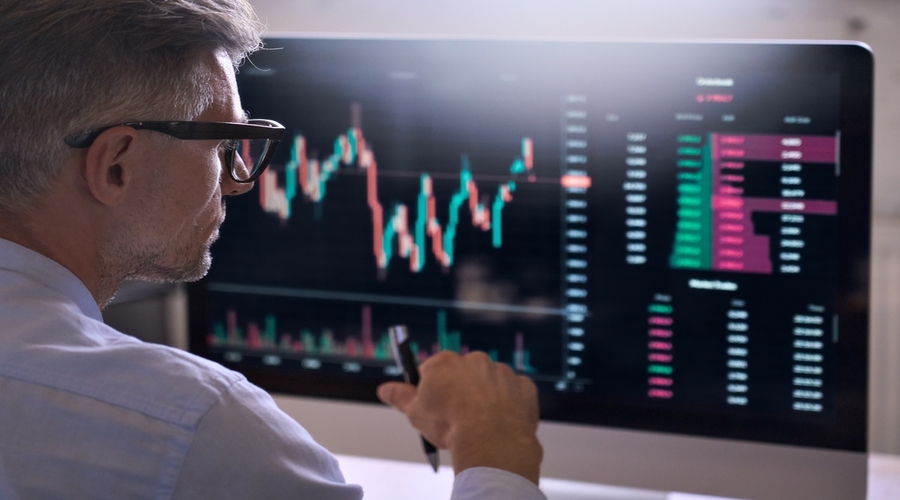Cryptocurrency is a rapidly evolving industry, and investing in altcoins can be an exciting opportunity for investors. Altcoins are alternative cryptocurrencies to Bitcoin, and investing in them requires a solid strategy. In this article, we’ll explore altcoin trading strategies, including technical analysis, fundamental analysis, and risk management.
Introduction to Altcoins
Altcoins refer to any cryptocurrency that isn’t Bitcoin. The cryptocurrency market is filled with thousands of altcoins, with new ones being created regularly. The most popular altcoins include Ethereum, Binance Coin, Cardano, Dogecoin, and more. Investing in altcoins can provide investors with lucrative returns if done right, but it can also be risky if done haphazardly.
Technical Analysis for Altcoin Trading
Technical analysis is the study of past price movements and trading volumes of a particular asset to predict its future performance. It involves analyzing charts, patterns, and indicators to make trading decisions. Technical analysts believe that historical price and volume data can provide insights into the market’s future direction. Here are some technical analysis strategies to consider when trading altcoins:
Chart Patterns
Chart patterns are graphical representations of price movements. They are essential for identifying potential price reversals and trend continuations. Some popular chart patterns include head and shoulders, triangles, and flags.
Indicators
Indicators are mathematical calculations that use historical price and volume data to provide insights into a market’s future direction. Some popular indicators used in technical analysis include moving averages, relative strength index (RSI), and stochastic oscillator.
Candlestick Analysis
Candlestick analysis is a technique that involves analyzing candlestick charts to determine a market’s future direction. Candlestick charts provide more detailed information about the price movements than line charts or bar charts.
Fundamental Analysis for Altcoin Trading
Fundamental analysis involves analyzing the underlying factors that affect an asset’s value. When it comes to altcoin trading, this means analyzing the project’s technology, team, community, and overall market potential. Here are some fundamental analysis strategies to consider when trading altcoins:
Whitepaper Analysis
A whitepaper is a document that outlines a cryptocurrency’s technology, use cases, and overall vision. Analyzing a whitepaper can provide valuable insights into the potential of an altcoin.
Team Analysis
A cryptocurrency’s team is critical to its success. Analyzing the team’s background, experience, and previous projects can help determine the team’s potential to execute on the project’s goals.
Community Analysis
A cryptocurrency’s community can also provide insights into its potential success. Analyzing the size, engagement, and sentiment of the community can provide insights into the project’s adoption potential.
Risk Management for Altcoin Trading
Risk management is crucial in any investment, and altcoin trading is no exception. Here are some risk management strategies to consider when trading altcoins:
Diversification
Diversification involves spreading your investment across multiple altcoins to reduce your risk exposure. This strategy can help mitigate losses in case one asset performs poorly.
Stop Loss Orders
A stop-loss order is an order placed to sell an asset automatically at a specific price. This strategy can help minimize losses in case the market moves against your position.
Position Sizing
Position sizing involves determining the appropriate size of your investment in a particular altcoin. This strategy can help reduce your risk exposure and increase your potential returns.
Technical Analysis for Altcoin Trading
Support and Resistance Levels
Support and resistance levels are key levels on a price chart that can help traders determine when to buy or sell an altcoin. Support levels are prices at which buyers tend to enter the market and prevent further price declines, while resistance levels are prices at which sellers tend to enter the market and prevent further price increases.
Moving Averages
Moving averages are a commonly used technical indicator in altcoin trading. They help to smooth out price fluctuations and identify trends. Simple moving averages (SMA) and exponential moving averages (EMA) are the two most popular types of moving averages used in technical analysis.
Relative Strength Index (RSI)
The RSI is a momentum oscillator that measures the speed and change of price movements. It is used to identify overbought and oversold conditions in the market. The RSI is typically used in conjunction with other technical indicators to confirm signals.
Fundamental Analysis for Altcoin Trading
Market Potential
The market potential of an altcoin refers to the potential size of the market that the cryptocurrency is targeting. Analyzing the potential size of the market can help investors determine whether the altcoin has a viable use case and long-term growth potential.
Tokenomics
Tokenomics refers to the economic model of a cryptocurrency. Analyzing the tokenomics of an altcoin can help investors determine the potential supply and demand dynamics of the cryptocurrency, as well as any potential incentives or disincentives for holding the token.
Risk Management for Altcoin Trading
Position Rebalancing
Position rebalancing involves periodically adjusting your altcoin holdings to maintain a predetermined allocation. This strategy can help to minimize risk and optimize returns over the long term.
Portfolio Management
Portfolio management involves managing your overall altcoin portfolio to ensure that it is aligned with your investment goals and risk tolerance. This includes monitoring the performance of individual altcoins, adjusting positions as needed, and rebalancing the portfolio periodically.
Due Diligence
Due diligence is the process of researching and analyzing an altcoin before investing. This includes analyzing the project’s technology, team, community, and overall market potential, as well as assessing any potential risks and drawbacks.
Overall, implementing a combination of technical analysis, fundamental analysis, and risk management strategies can help investors navigate the volatile and rapidly evolving altcoin market and make informed trading decisions.
Conclusion
Altcoin trading can be a lucrative opportunity for investors, but it requires a solid strategy. Technical analysis, fundamental analysis, and risk management are essential strategies for successful altcoin trading. By using these strategies, investors can make informed decisions and mitigate their risk exposure.





